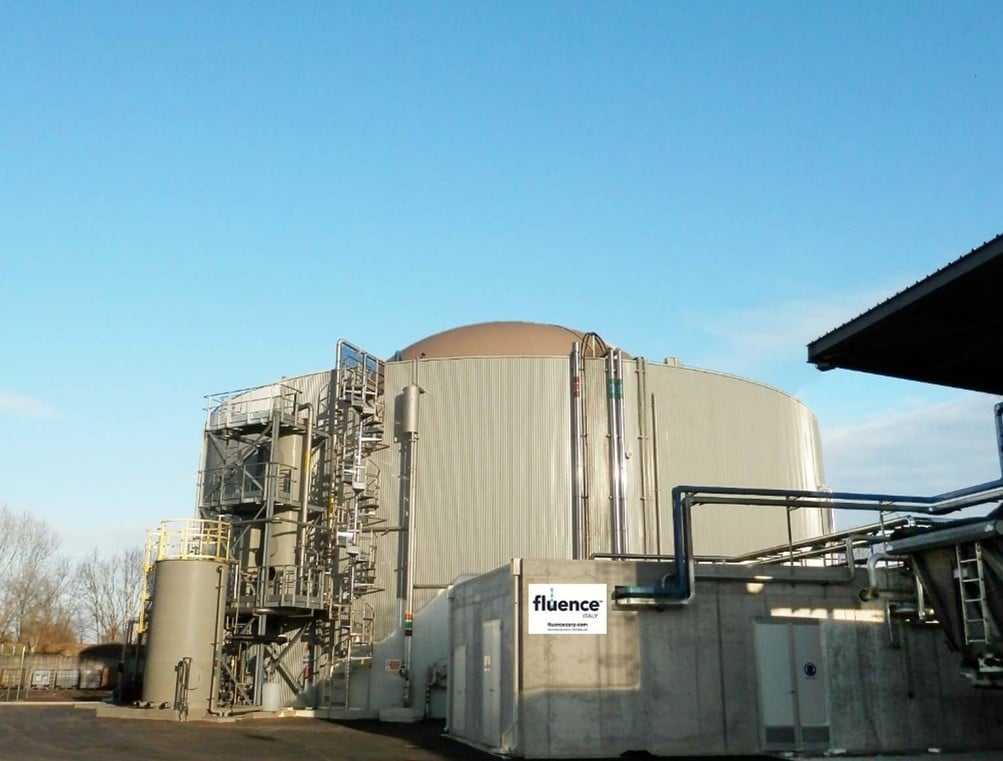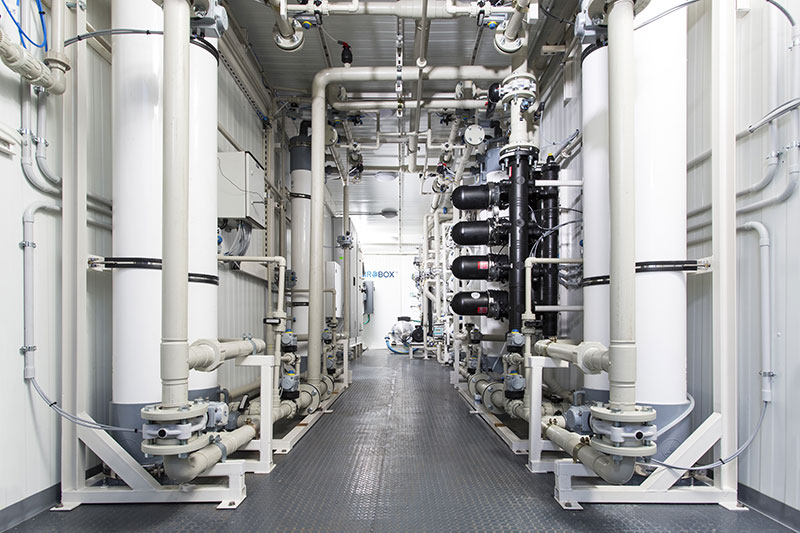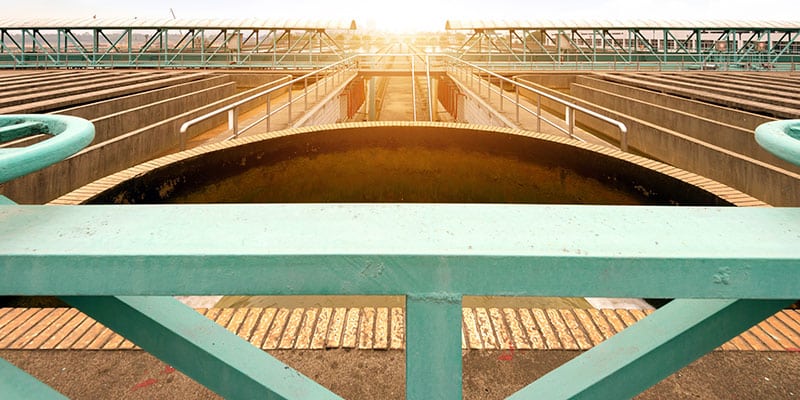While centralized wastewater treatment plants have long been an infrastructure mainstay, decentralized plants are gaining relevance in water planning.
Now is the time to lay the groundwork for greater efficiency and compliance
Water is the lifeblood of communities, industries, and ecosystems. As population pressures, climate uncertainty, and stricter regulatory demands mount, the water and wastewater sectors are entering a period of rapid transformation. For firms, municipalities, and regulators alike, staying ahead means embracing innovation not just in single technologies, but in systems thinking, modular solutions, and circular approaches.
Here are some key trends shaping the coming year, and what stakeholders should be doing now to prepare.
1.) Decentralization and Modular Treatment
Traditional centralized treatment plants have served us well, but they often involve long lead times for planning, permitting, and construction. Decentralized and modular systems are gaining traction because they can be prefabricated, containerized, and delivered much faster. They can be scaled more easily and placed closer to the point of use.
For communities and industries, this means faster responses to water stress or population growth. It also allows investment to be phased, matching capacity to demand instead of overbuilding, while cutting costs tied to long distribution pipelines. To prepare, utilities and industries, such as those in the tech space, should begin evaluating demand growth and identifying opportunities for modular deployment. It’s critical to build relationships with solution providers who understand local permitting and site integration.
2.) Water Reuse and Resource Recovery

Anaerobic digestion and other resource recovery processes transform wastewater into valuable resources like biogas and nutrients, advancing both sustainability and cost efficiency.
Water is no longer viewed as disposable waste but as a reusable resource. Municipalities, industries, and even agriculture are adopting wastewater reuse, and there is growing interest in extracting value from what used to be seen as by-products. By concentrating on resource recovery, trace metals, biogas, and nutrients such as nitrogen and phosphorus can be turned into assets.
The benefits are clear: Reuse reduces withdrawals from freshwater sources, improving resilience during droughts or shortages, while resource recovery offsets costs and reduces environmental impacts. The regulatory environment is shifting to encourage or mandate reuse. Organizations should start identifying potential reuse applications, from irrigation to industrial cooling, and explore technologies that enable selective recovery. Early engagement with regulators can smooth the path to compliance.
3.) Energy Efficiency, Carbon Reduction, Climate Resilience
Treating water and wastewater is energy-intensive, and utilities face growing pressure to cut both costs and greenhouse gas emissions. Rising and volatile energy prices make efficiency more urgent, while carbon policies and community expectations are adding new layers of accountability. At the same time, climate change is testing the resilience of infrastructure through flooding, drought, and temperature extremes.
Responding effectively begins with energy audits to identify the most demanding process steps, which often include aeration and pumping. From there, facilities can adopt technologies that lower consumption, such as low-energy aeration or passive treatment systems. Resiliency should be built into every project, from flood protection and redundancy to designs that can handle variable flows and extreme weather.
4.) Digitalization and Smart Operations

NIROBOX™ offers a small-footprint, containerized solution to treat water from any source.
In our digital age, water and wastewater operations are becoming smarter and more adaptive. Sensors and remote monitoring, artificial intelligence, and the Internet of Things are moving from pilot projects into mainstream practice. With real-time control, plants can optimize operations based on inflows, weather, or load variations, improving efficiency and compliance while cutting costs.
The payoff includes reduced downtime, earlier detection of anomalies, and data-driven insights that support better long-term planning. To get started with smart operations, critical data shortfalls should be mapped, and monitoring tools can be tried on a pilot basis in one facility or process. There should be a focus on developing the staff’s capacity to act on the data rather than simply collecting it.
5.) The Circular Economy and Zero-Liquid Discharge
The old linear model of “take, use, dispose” is giving way to circular economy principles such as reusing and recycling materials to maximize their functional lives and reduce waste. More organizations are embracing water reuse and recycling, and in some industries, zero-liquid discharge (ZLD) is no longer aspirational but required.
Moving toward circularity reduces environmental impact, strengthens compliance, and often lowers costs by reducing discharge fees and purchases of fresh water. It can also open up new revenue opportunities by recovering by-products. Companies should examine their full water and waste flows to identify reuse and recovery options, then invest in technologies that make high recovery feasible. The economics need to be carefully weighed, but with incentives and regulatory pressure rising, circular models are becoming increasingly practical.
6.) Regulatory and Policy Drivers
There has been a tightening of regulations concerning water quality, reuse, discharge, emissions, and water rights. At the same time, incentives such as subsidies or tax credits appear to be encouraging sustainable investment. The stakes for noncompliance are growing, with risks ranging from fines and permit loss to reputational damage.
Organizations should track regulatory trends closely and engage with policymakers to shape rules that are both ambitious and practical. Planning for potential changes can reduce risk and position operators to take advantage of incentives. In a shifting landscape, proactive engagement and flexible planning provide the greatest security.
Putting It Together: Action Steps
To succeed in this evolving landscape, organizations should start with a clear assessment of current gaps and opportunities. Flexible planning and the use of modular, scalable systems can guard against obsolescence, while partnerships with technology providers, regulators, and financiers spread both cost and risk. Investment in people is just as important as investment in technology, ensuring teams have the skills to manage new systems and data. Finally, tracking and disclosing metrics on water use, energy, emissions, and reuse builds accountability and signals progress to stakeholders.
The Future Is Closer Than You Think
These trends are already taking shape. Innovations in modular systems, reuse, energy-neutral plants, and smart platforms are raising the bar across the industry. Acting now positions organizations to capture environmental and economic benefits.
Water and wastewater management is no longer just about treatment at the end of the pipe. It is about reimagining the entire system: where water comes from, how it is used, and what happens after. With the right vision, tools, and partnerships, the future will be one where water is managed more wisely, waste is transformed into a resource, and treatment works smarter, not harder. Contact Fluence for information about how we can help you achieve these goals.

